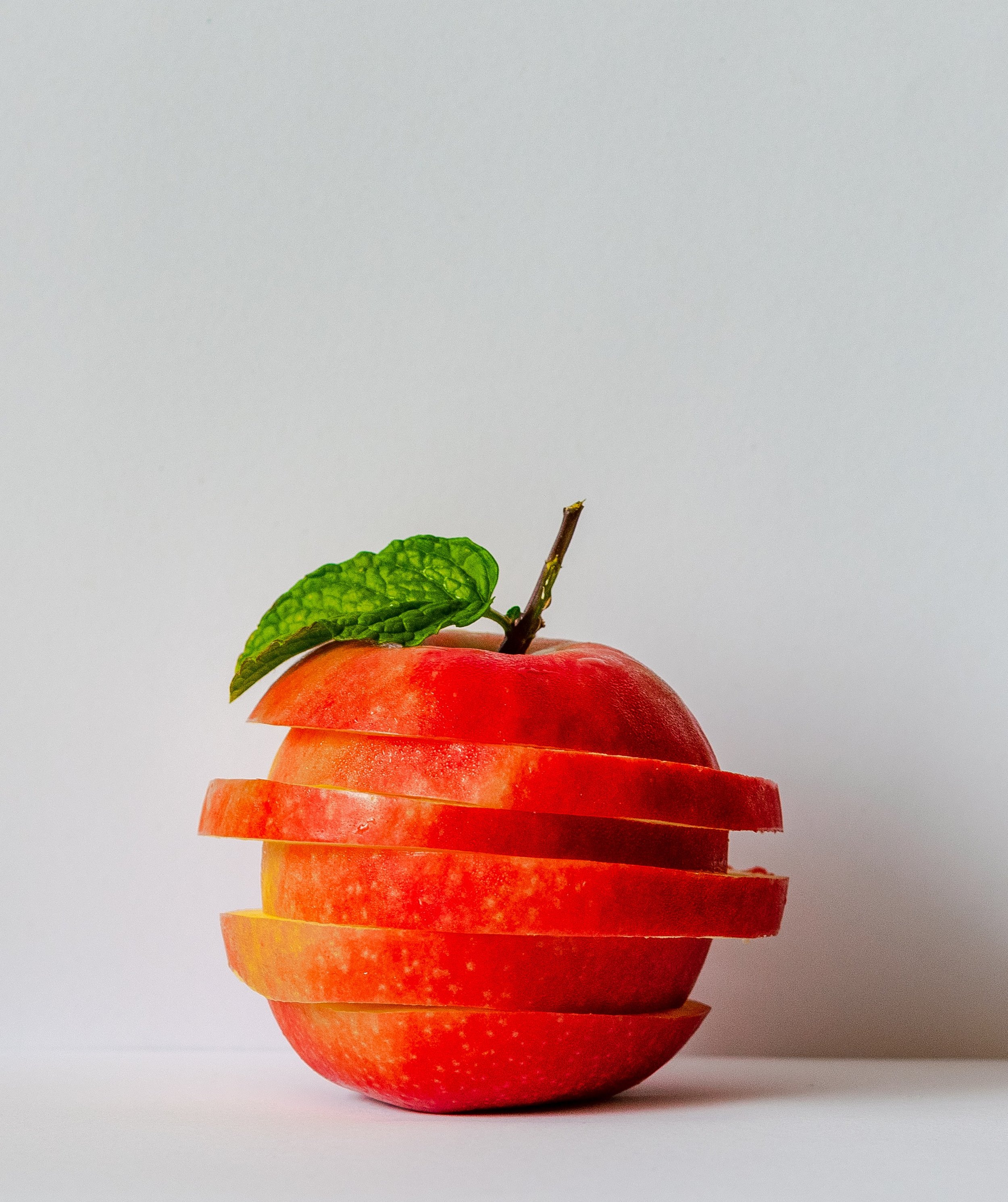By: Mark Sisson
On the surface, lab grown meat is a nice noble story.
Save all those poor defenseless cows from cruel factory farms and inhumane slaughterhouses. Save the environment from all those cow farts, burps, and emissions involved with animal agriculture. Handcraft meat to be healthy, nutritious, and good for the environment. Optimize the fatty acids. Eliminate the chance of animal-borne diseases or antibiotic resistant bacteria. No gross, unhygienic animal manure. No blood or guts. It’s clean, safe, clinical. We can even call it “clean meat” or “cultivated meat“.
Except it’s none of those things. So, what is it?
How is lab-grown meat made?
Lab grown meat starts by extracting stem cells from living animals. To grow “beef” in the lab, they extract cow stem cells. “Chicken,” chicken stem cells. And so on.
The cells are bathed in a growth medium—a mixture of amino acids, glucose, salts (minerals), vitamins, antioxidants, growth factors, hormones and other components necessary for cellular growth, such as buffers for controlling pH balance. The most common viable growth medium has been fetal bovine serum (extracted from pregnant cows), but some companies have developed other growth mediums that apparently don’t involve living animals.
They are placed on “scaffolding” to promote differentiation into fat, muscle, blood and other types of cells. Scaffolding can be based on gelatin, corn starch fiber, fungi, and many other substances.
It’s a really complex undertaking. It’s trying to replicate an organic process that’s constantly in flux. When this happens in an animal, there’s a base level “intelligence” to it. It just kind 0f… happens. It emerges. The lab environment cannot replicate the organic environment. That’s why in vitro studies rarely translate perfectly into in vivo studies: environment matters. Terroir matters.
They might be able to produce something that approximates a piece of beef in the lab, that looks kinda like it and tastes a little like it, but who’s to say what’s lost in translation? Could it be something important? Could it be something vital for the ultimate health effects of eating it?
The most recent one I saw was an Israeli company that managed to grow a 3.67 ounce “steak.” Look at that thing. It’s pathetic, frankly. They’re a long way off. What’s lab grown meat really about?
Lab-grown meat isn’t about health
Lab grown cultured meats are ultimately about control and money. If cultured meat replaces traditional animal husbandry, as is the stated goal, the ability to provide animal protein becomes an intellectual property controlled by the few and the powerful. It becomes an asset, an industry, a technology. Two of the biggest funders of lab grown meat include Tyson and Cargill, some of the largest meat producers in the world. Are they doing it out of the goodness of their hearts or to exert even more control over the ability to produce meat?
Read the rest of the article here:
View Article












